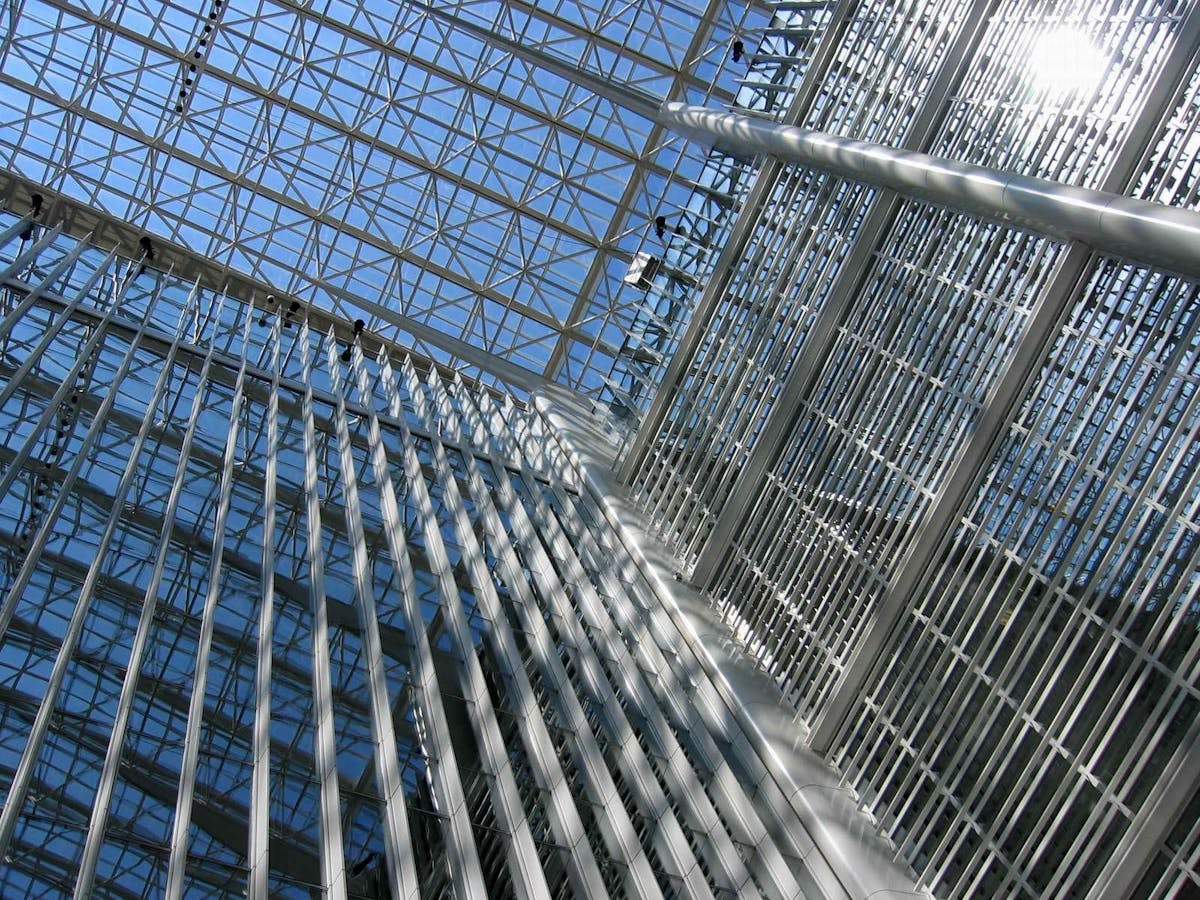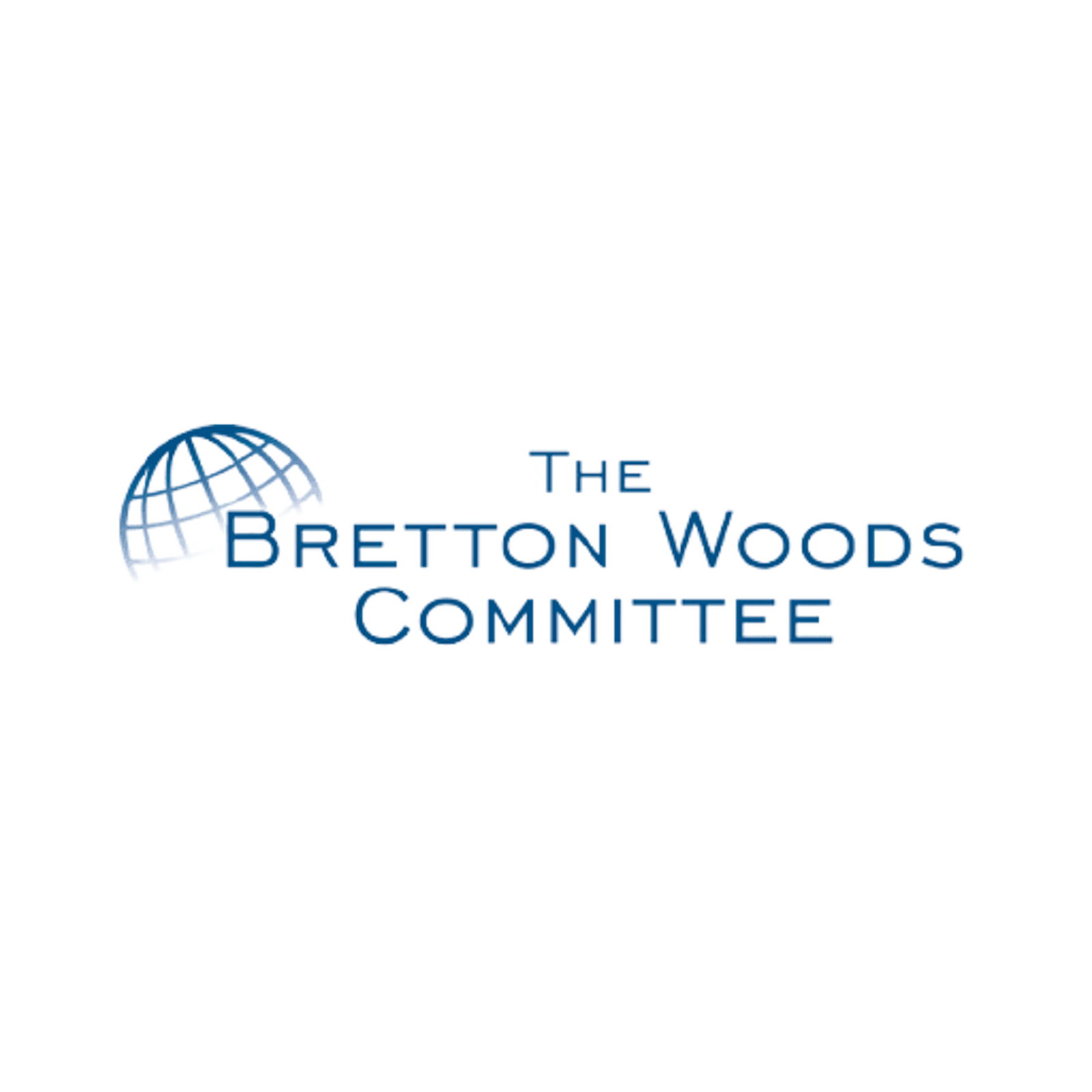It is no secret that the West is exceedingly uncomfortable with China’s Belt and Road Initiative (the BRI) and its role in building infrastructure in developing countries, and for good reasons. The terms of these investments by China’s parastatal banks are opaque and recent research reveals that contracts include non-disclosure covenants to keep them so. That said, it is China that is pouring the most money into infrastructure investments into Sub-Saharan Africa in particular in a way that no one else can match. A recent volume from the Council on Foreign Relations on the BRI argues that institutions like the World Bank need to step up and counter Chinese actions; however, this is easier said than done.
What is really limiting the West’s investments in infrastructure in the developing world? Looking at multilateral institutions such as the World Bank, one can in the first instance point to a shift in mandates, with shareholders wanting the Bank to operate more in fragile states, focusing on social sectors, and to eschew projects like roads and dams. This shift has come largely to placate development lobbies at home in Europe, and it is mirrored in similar ideological shifts in bilateral programs.
This shift in development thinking goes beyond legitimate concerns for poverty reduction and greater economic opportunity, and it has led groups like the World Bank to become risk-averse on infrastructure projects, leaving the field open to competitors like China, often involving harsher terms, lower standards, and minimal local job creation.
The second reason for inadequate lending for power, roads, water and sewage is the Bank’s conservative approach to its own capitalization and leverage. Its loans are backed both by repayments as well as donor capital. Relaxation on lending levels would mean more for infrastructure and more for middle-income countries where most of world’s poor now live.
The risks of so doing are eminently manageable.
The third limitation on offering countries alternatives to the BRI rests on the mistaken notion inside multilateral lenders that the private sector will undertake these investments. This is largely incorrect and not supported by the facts. Public spending in fact crowds in private investment rather than supplanting it. Except for airport management and a few other projects, governments need to do the dirty work of investing in water and sewage and most roads and rails, and they need multilateral support to do so.
The fourth reason for limited infrastructure activity in many aid recipient countries lies with the governments themselves. Poor regulation, corruption, implementation issues, and weak institutional environments mean that Chinese package deliveries of projects have some appeal.
Lack of transparency may suit some governments very well.
Finally, the additional political constraints imposed by donors who fail to see the very clear linkage between infrastructure and the achievement of the SDGs is to blame. The reality is that health gains will not happen without clean water and basic sanitation; educational attainment requires transport of students and electricity; and private entrepreneurship to create jobs requires better logistics and more reliable power. But these efforts don’t carry the political merits associated with feel good projects.
To effectively compete with the BRI, the West and its institutions need to hold all lenders and borrowers accountable for the terms of loans; they need to increase the leverage of development banks; they need to pivot, not back to bricks and mortar, but to a healthy balance in their lending portfolios; they need to focus lending on places where positive results are more likely, using available metrics to gauge this; and finally, they need to undertake more joint projects with bilateral donors, including China, using best practices.
Infrastructure investments are at the core of development success, as seen by the Growth Commission and other studies, provided that they are well designed and implemented and transparently financed for the benefit of the recipient countries. And, most importantly, infrastructure is a key element of any climate-compatible growth agenda. Focusing serious attention on the quality of investments and implications for the achievement of global climate goals is indispensable. For these reasons, leaving the field to others is not the answer.
Dr. Leipziger, Professor at George Washington University and Managing Director of the Growth Dialogue, was an Infrastructure Director and Vice President at the World Bank and Vice Chair of the Spence Commission on Growth and Development.

